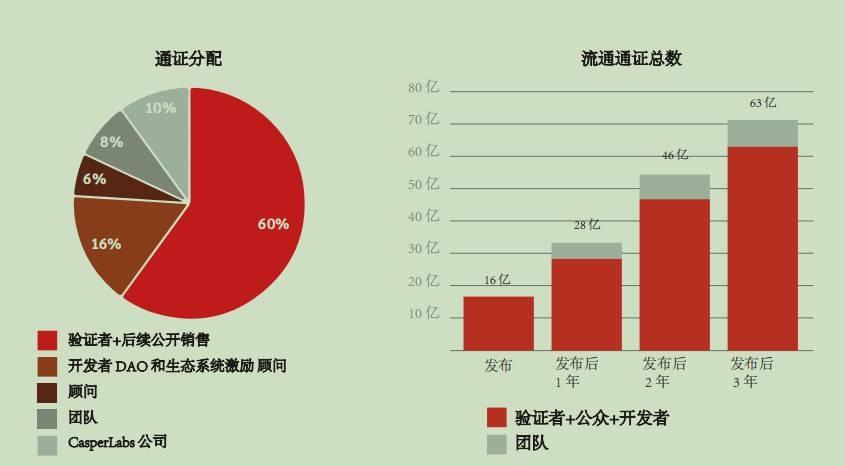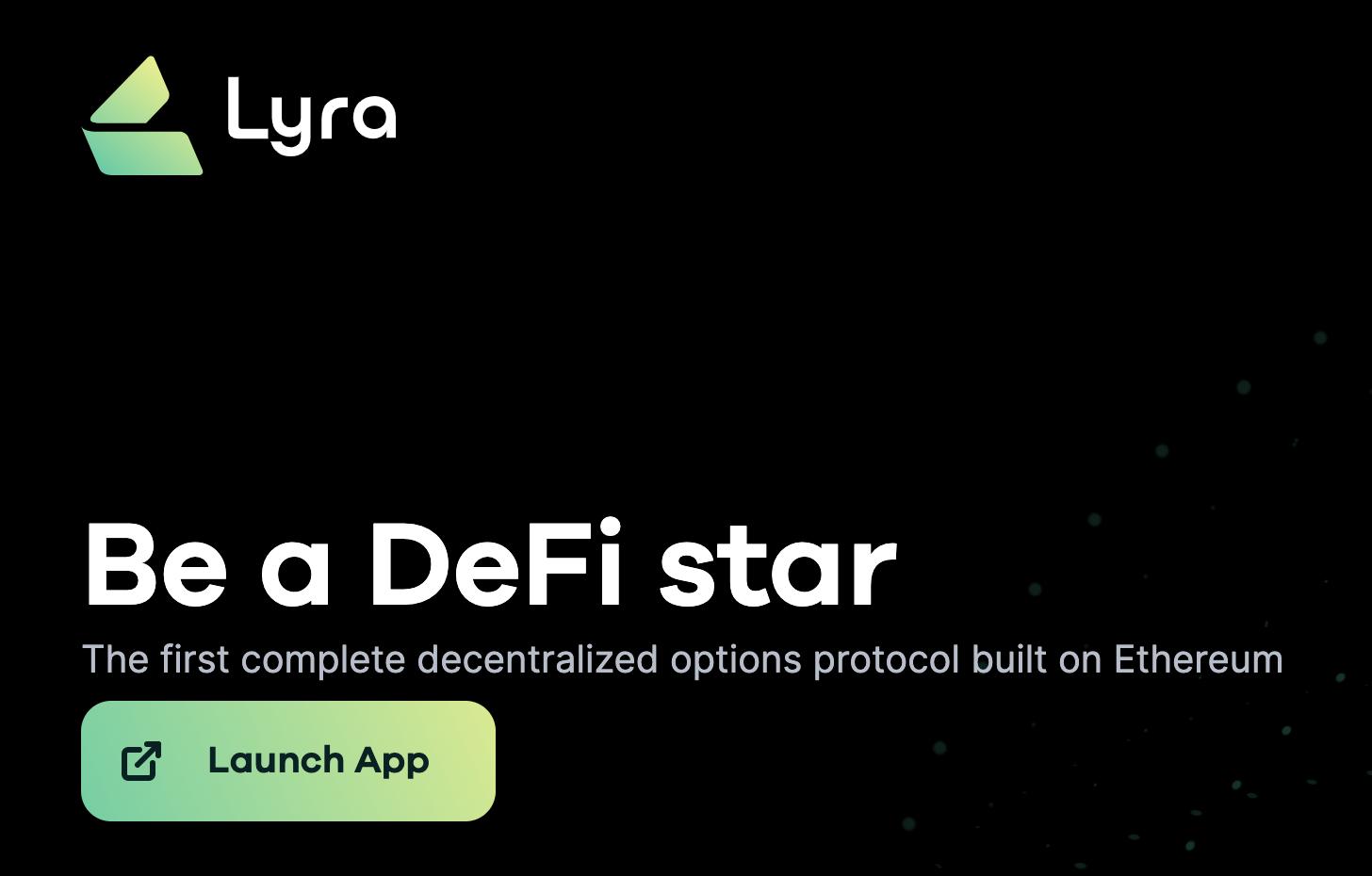Coinlist's latest project CasperLabs: What are its scalability solutions and economic model?
This article is an original piece by Chain Catcher, authored by Loners Liu.
On February 20, CasperLabs announced that it will conduct a token sale on CoinList on March 22, offering three different participation methods, and registration is currently open. According to public information, CasperLabs is a public blockchain focusing on Layer 1 scaling solutions, with its mainnet set to launch in the first quarter of this year. Last October, it completed a $14 million private token sale. Below, Chain Catcher provides a detailed introduction to the project from the aspects of CasperLabs' scaling solutions, token, and staking economic model.
Public Blockchain Scaling and CasperLabs' Solutions
Public blockchains have always faced scaling issues. Traditional solutions either choose to centralize the validator set, which often sacrifices decentralization and security, or adopt a sharding design. However, in the case of multiple shards, it becomes difficult to determine whether the first transaction has been completed, making it impossible to proceed with subsequent transactions. This is indeed a security issue associated with sharding. Additionally, transaction fees can suddenly spike due to network congestion at different times, and the uncertainty of transaction fees makes it challenging for enterprises to use blockchain in their daily operations.
As a result, enterprises often prefer designs like consortium blockchains. In the cloud computing sector, Amazon Web Services (AWS) has seen its average costs decline as its adoption rate increases, with prices dropping by 97% over eight years, benefiting from economies of scale. However, in designs like Ethereum's gas fees, when storage and transaction volume increase, the price of ETH also rises, meaning transaction costs are also increasing.
Therefore, for Ethereum to truly achieve large-scale expansion, it must address the scaling issue. Scaling means adding more computational resources to the system; otherwise, it cannot benefit from economies of scale. The Ethereum Foundation recognized this problem from the beginning and has explored this direction for many years. Thus, the so-called scalability, security, and degree of decentralization have become the impossible triangle for public blockchains.
On this basis, CasperLabs primarily aims to solve some issues that hinder the large-scale application of public blockchain technology, the most important of which is "sacrificing security for scalability." Under the PoW algorithm, the entire network must reach consensus on past states before proceeding with the next batch of state updates, which imposes strict operational limitations and restricts the overall network throughput and scalability. However, CasperLabs has a concept of virtual machine states called "Past Cone" and "Future Cone."
"Past Cone" represents states that have been observed by most nodes in the network but have not yet reached finality, while "Future Cone" represents state updates that are being processed and broadcasted to the entire network. This means that multiple state updates can be broadcasted simultaneously across the network, providing greater throughput and scale.
Because the CBC Casper used by CasperLabs differs from Ethereum's PoS protocol, it reaches consensus based on the "heaviest block" rather than the order of transactions, allowing for sharding and synchronization.
The launch of Ethereum's beacon chain last December marked Ethereum's official transition from 1.0 to 2.0. However, even Ethereum 2.0 is a hybrid of PoW and PoS, not a purely PoS system. In contrast, the Highway protocol designed by CasperLabs completely excludes PoW, unlike the Casper FFG used in ETH 2.0, which takes years to gradually transition from PoW to PoS.
In PoW, 90-95% of the computational power is used to generate hashes (random numbers), resulting in high demands for hardware and energy. In PoS, most processing power can be redirected to perform actual work, thereby improving the efficiency and speed of the underlying network.
If a public blockchain adopts a proof-of-work approach, obtaining block rewards depends on the proportion of computational power a user holds relative to the total network power, and it is relatively random. Therefore, many users choose to pool their computational power with a mining pool to seek more stable returns. In proof-of-stake, since rewards are distributed according to stakes, users can clearly know the returns they can expect, which is more favorable for small validators participating in network validation.
Highway supports fast and slow lines, corresponding to fast and slow validators. Validators can propose blocks at different time intervals based on their system performance and network connection speed. Activity is achieved through supporting leader nodes, dynamic rounds, and time windows. If a node fails to send messages for two consecutive rounds, it will be considered under attack.
Staking Economic Model and Governance
CasperLabs has 21 nodes participating as validators, including some staking pools such as: HashQuark, SNZ Pool, Stakefish, Acheron, RU Validators Club, The Arcadia Group, UABWebas.It, Morrestyn, LedgerLeap, DelightLabs, StratX, BlockBlox, and several other independent validators from the CasperLabs community.
All validators must undergo KYC/AML (Know Your Customer / Anti-Money Laundering) checks conducted by third-party service providers. Validators need to run software and connect to the Devnet testnet, providing infrastructure for the Testnet. Validators can also delegate to Staking Pools/exchanges/wallets or run their own hardware, with hardware recommendations including an 8-core server, 32-64GB of RAM, and sufficient storage space.
They must be bound to the network for 90 days (the stipulated binding period), and each stake proof can achieve partial unbinding based on the protocol's validator rotation and unbinding waiting time (approximately 1/13 per week, within the stipulated binding period of 90 days). Staking rewards consist of three aspects:
The initial reward is a 15% yield from the year before the mainnet launch. For staking rewards, the protocol aims for a total yield rate of over 15% in the first year after the mainnet launch. Transaction fees will be distributed to validators on the network after the mainnet starts, and the earned staking and transfer fee rewards will be fully liquid.
In the Highway protocol, faults are easily detected, and the penalty mechanism states that if a validator proposes two different blocks at one time or uses multiple parent blocks as justification for a block, that validator's stake will be reduced, diminishing their influence. Therefore, normally operating nodes will receive greater rewards as a result.

In terms of specific token distribution, the team holds 8% of the tokens, which will be unlocked in batches over three years after the mainnet launch. CasperLabs holds 10% of the tokens, developers and the DAO ecosystem account for 16%, and the remaining majority is allocated to validators, with an initial circulating supply of about 20% in the first year after the mainnet launch.










